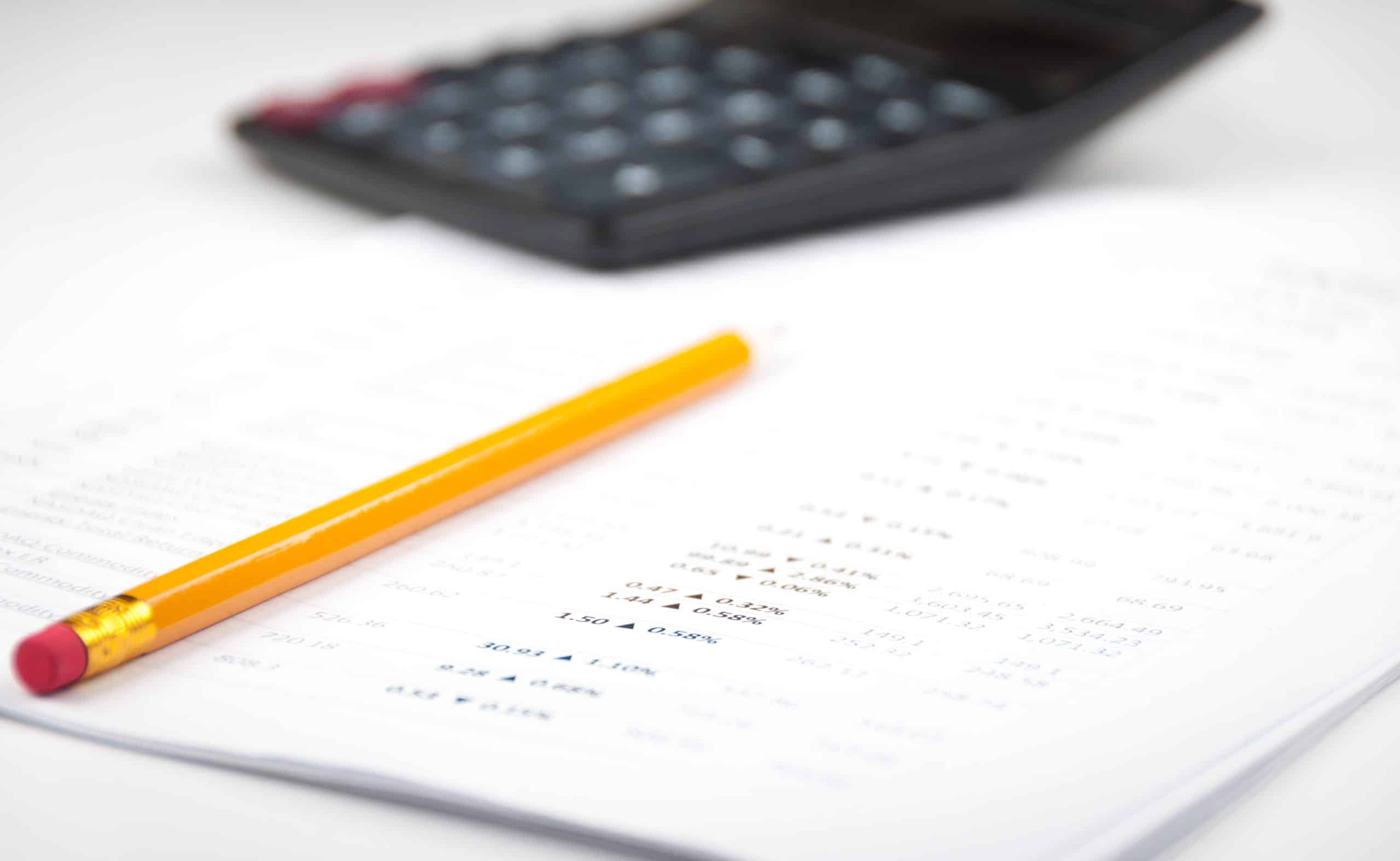What’s the Role of Sports Analytics in Optimizing Rowing Crew Composition?

As we venture into the era of data-driven decision-making, sports analytics has become an integral part of athletic performance optimization. It’s no longer simply about physical prowess and raw talent; data analysis is now helping shape strategies and determine outcomes in sports. This article delves into one specific area where sports analytics plays a pivotal role: optimizing rowing crew composition. We’ll explore how analytics not only helps in selecting the right team members but also ensures their positions within the crew optimize performance on the water.
The Importance of Crew Composition in Rowing
Before understanding the role of sports analytics in rowing, it’s crucial to grasp the importance of crew composition. In rowing, the team’s strength is not just about the individual abilities of rowers, but also their synchronization and the harmony of their efforts.
A découvrir également : How Can Periodization Training Be Tailored for Amateur Bodybuilders?
Rowing is a sport that demands unity and coordination. The speed, rhythm, and balance of the boat are all affected by the crew’s composition – the selection and arrangement of the rowers. Selecting rowers who match in terms of physical attributes and rowing techniques can make a considerable difference in the team’s performance. However, achieving this perfect combination is more complex than it appears.
Role of Sports Analytics in Rowing Crew Selection
Enter sports analytics – a tool that allows coaches and sports scientists to analyze data related to the athletes’ physical conditions, technical skills, and past performance. The goal is to select the best possible crew, based on data-driven insights rather than gut feeling or intuition.
A lire en complément : Can Virtual Coaches Provide Effective Training Guidance for Remote Athletes?
One key application of sports analytics in rowing is in the identification of the athletes’ strengths and weaknesses. By analyzing data such as power output, stroke rate, and endurance levels, coaches can determine which rower would be most suited to a particular position in the boat. For instance, a rower with a high power output but lower endurance might be placed in the middle of the boat (the ‘engine room’) where they can give their all in shorter bursts, while a rower with a steady power output and high endurance could be well-suited to the bow or stern.
Furthermore, physiological data – including heart rate, lactic acid levels, and VO2 max (a measure of aerobic fitness) – can provide additional insights into the athletes’ fitness and recovery rates. This data can guide the selection process, ensuring that the crew is not only powerful but also resistant to fatigue, a crucial factor in long-distance races.
Sports Analytics and Team Synchronization
The other significant aspect of crew composition in rowing is synchronization. The team’s rowing strokes must be perfectly timed and coordinated to minimize resistance and maximize the boat’s speed. Here, again, sports analytics can play a vital role.
By analyzing real-time rowing data – such as stroke rate, stroke length, and power curve – coaches can gain insights into the team’s coordination. They can identify any discrepancies in rowers’ strokes and take corrective actions. This data can also help in identifying the most suitable rowers for the ‘stroke seat’ (who sets the rhythm for the team) and the ‘coxswain’ (who steers the boat and coordinates the team).
Predictive Analytics and Crew Performance
Sports analytics isn’t just about analyzing past and current data but also predicting future performance. Predictive analytics uses historical data to forecast outcomes, helping teams prepare better for upcoming competitions.
For rowing teams, predictive analytics can help anticipate the crew’s performance based on various factors, including the crew composition, their fitness levels, and even weather conditions. This, in turn, can guide training regimens, race strategies, and crew selection for future competitions.
Challenges and Future Perspectives
Despite the promising benefits, the incorporation of sports analytics in rowing faces various challenges. Data collection in water sports is complex due to the dynamic environment. The integration and interpretation of large datasets require sophisticated tools and expertise. Additionally, adopting a data-driven approach necessitates a cultural shift within teams, moving away from traditional methods of decision-making.
But the future of sports analytics in rowing looks promising. As technology advances, we can expect improved data collection methods, more precise analysis tools, and better integration of data-driven insights into training and racing strategies. The ultimate goal is to create a winning crew that performs optimally, both as individuals and as a cohesive unit.
From crew selection to team synchronization and performance prediction, sports analytics is revolutionizing the way rowing teams are composed and trained. It holds the potential to uncover the perfect combination of rowers that leads to the most efficient and high-performing crew. Undeniably, in the sports world of today, data is power. And in rowing, this power can be the difference between standing on the podium or watching from the sidelines.
Incorporating Sports Analytics in Training Regimes
The influence of sports analytics in rowing extends beyond the crew composition, playing a vital role in shaping the training regimes of rowers. By leveraging data insights, coaches can design personalized training plans tailored to each rower’s individual strengths and weaknesses.
For instance, by assessing each rower’s physiological data such as heart rate, lactic acid levels, and VO2 max, coaches can determine their current fitness levels and recovery rates. This information can then be used to adjust the intensity and duration of the training sessions to align with their fitness levels, thus preventing overtraining and reducing the risk of injuries.
Similarly, by analyzing performance data such as stroke rate, power output, and endurance levels, coaches can identify areas that need improvement. For instance, if a rower demonstrates a high power output but low endurance, the coach can incorporate more endurance-based training in their regime.
Moreover, sports analytics can also provide insights into the rower’s technique, such as the stroke length and power curve. These insights can be used to fine-tune their technique and improve their performance on the water.
Most importantly, by tracking the progress of rowers over time, sports analytics can provide objective feedback about their performance, helping them understand their progress and stay motivated.
The Future of Rowing in the Age of Sports Analytics
As we venture deeper into the age of data-driven decision-making, the role of sports analytics in rowing is set to become even more pronounced. With advancements in technology, we can expect more sophisticated tools for data collection and analysis, leading to more accurate and meaningful insights.
One promising area is the use of wearable technology. Wearable devices can monitor a range of physiological and performance metrics in real-time, providing valuable feedback to both the rowers and the coaches. This can lead to more immediate adjustments in crew composition and training regimes, improving the team’s performance.
Furthermore, advances in machine learning and artificial intelligence can lead to more accurate predictive analytics. By leveraging these technologies, teams can anticipate future performance with greater confidence, allowing them to strategize more effectively for upcoming competitions.
Moreover, as teams become more familiar and comfortable with data-driven decision-making, we can expect a cultural shift, with data becoming an integral part of the decision-making process.
Conclusion
In conclusion, sports analytics plays a pivotal role in optimizing rowing crew composition. From selecting crew members and determining their positions in the boat, to shaping training regimes and predicting future performance, data analysis is reshaping the landscape of rowing.
However, despite its potential, the use of sports analytics in rowing is not without its challenges. The complexity of data collection, the need for sophisticated analysis tools, and the cultural shift towards data-driven decision making all present hurdles that need to be overcome.
But as technology continues to advance, these challenges are likely to lessen, paving the way for more widespread use of sports analytics in rowing. In the sports world of today, data is indeed power – and nowhere is this more evident than in the sport of rowing. As teams continue to harness this power, we can expect to see even higher levels of performance and competition on the water.
In the end, the role of sports analytics is not to replace the human element in sports but to enhance it. By providing objective, data-driven insights, it supports coaches and athletes in making informed decisions, helping them to unlock their full potential and achieve their goals. In the world of rowing, the future looks promising – data-powered, performance-optimized, and competition-ready.
